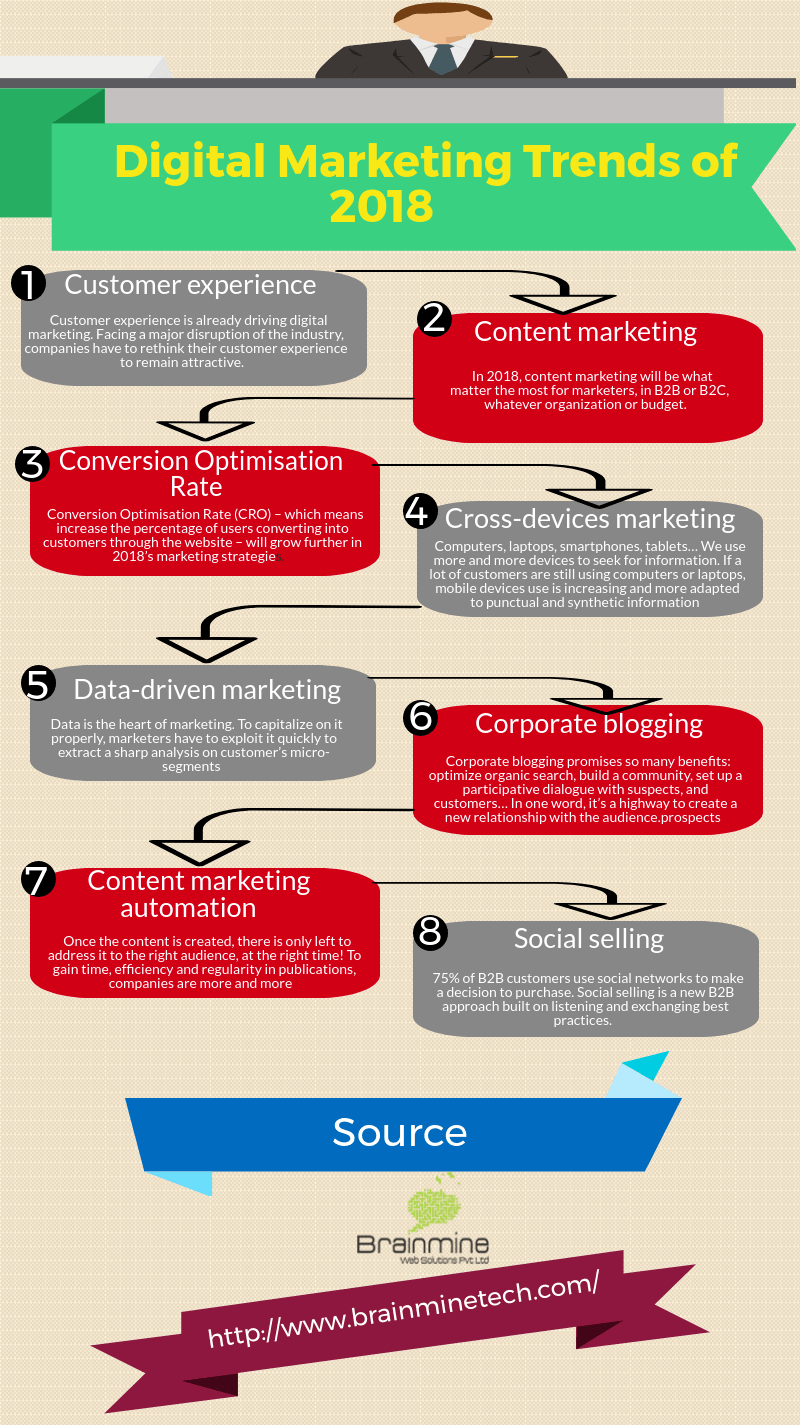The Development Of Kid'S Dental Care: A Journey With Time
The Development Of Kid'S Dental Care: A Journey With Time
Blog Article
Article Produced By-Hunter Leth
As you discover the intricate trip of pediatric dentistry, tracing its development from the past to the present and glimpsing right into the future, you'll discover a tapestry woven with innovation and care. From historical turning points to present trends and future opportunities, the landscape of pediatric oral care is ever-changing and packed with capacity. Prepared to uncover the secrets of just how this area continues to adapt and thrive, ensuring brighter smiles for generations ahead?
Historic Turning Points in Pediatric Dentistry
Throughout background, pediatric dentistry has seen considerable improvements and milestones that have shaped the area right into what it's today. One essential landmark was the establishment of the initial dental university in 1840, where dentistry began to be recognized as a specialized field calling for specific knowledge and abilities. As the area evolved, the very early 20th century saw the intro of dental X-rays, changing diagnostics and treatment planning for pediatric clients. In addition, the advancement of fluoride therapies in the mid-20th century considerably improved preventive care and reduced the occurrence of tooth decay in children.
One more turning point in pediatric dental care was the development of the American Academy of Pediatric Dental Care in 1947, which aimed to advertise optimal oral health for youngsters. lava crown played a crucial role in setting requirements for pediatric oral treatment and progressing research study in the field. These historical landmarks laid the structure for modern pediatric dental care, emphasizing the value of specialized look after youngsters's dental health.
Current Trends in Pediatric Dental Care
Integrating ingenious modern technology and personalized precautionary approaches, modern-day pediatric oral care remains to adjust to the developing needs of young patients.
The following fads display the present landscape of pediatric dental care:
1. ** Digital Dental care **: Digital impacts, 3D imaging, and CAD/CAM innovation are changing the method pediatric dental professionals detect and treat oral health problems in kids. These improvements improve precision, efficiency, and person comfort during dental treatments.
2. ** Tele-Dentistry **: With the increase of telemedicine, tele-dentistry has actually emerged as a practical way for pediatric dentists to give consultations, follow-ups, and even specific therapies remotely. https://patch.com/hawaii/honolulu/classifieds/gigs-services/384552/get-dental-implants-in-honolulu-for-a-greater-smile-now to care, especially for individuals in rural or underserved locations.
3. ** Preventive Emphasis **: Pediatric dental care now positions a stronger focus on preventive measures such as sealers, fluoride treatments, and very early orthodontic interventions. By promoting excellent dental health routines and routine dental gos to from a young age, professionals aim to stop dental concerns before they intensify.
Future Technologies in Pediatric Dental Care
Looking ahead, pediatric dental care is positioned to present cutting-edge modern technologies and cutting-edge methods to even more enhance the oral healthcare of young people.
One exciting innovation coming up is the use of 3D printing in creating custom-made oral home appliances like dental braces and mouthguards, offering an extra exact and comfortable suitable for kids.
Furthermore, virtual reality (VIRTUAL REALITY) modern technology is being discovered to help reduce dental anxiety in young people by supplying immersive diversions during treatments.
Nanotechnology is an additional area of passion, with the possible to establish nanomaterials that can remineralize teeth and stop tooth cavities more effectively.
Tele-dentistry is additionally obtaining traction, permitting remote consultations and surveillance, which can especially profit kids in rural or underserved locations.
In addition, genetic screening might soon contribute in tailored preventive care, determining children's proneness to specific dental health problems.
These developments represent an exciting future for pediatric dentistry, promising improved outcomes and experiences for the youngest oral people.
Final thought
As you assess the evolution of pediatric dentistry, bear in mind that developments in modern technology and individualized treatment remain to form the area.
Envision a child named Emily, that took advantage of a 3D printed dental appliance that completely fit her one-of-a-kind needs, ensuring her comfort and dental wellness.
The future of pediatric dentistry holds amazing possibilities, using ingenious remedies to improve the oral experiences of young individuals like Emily.
